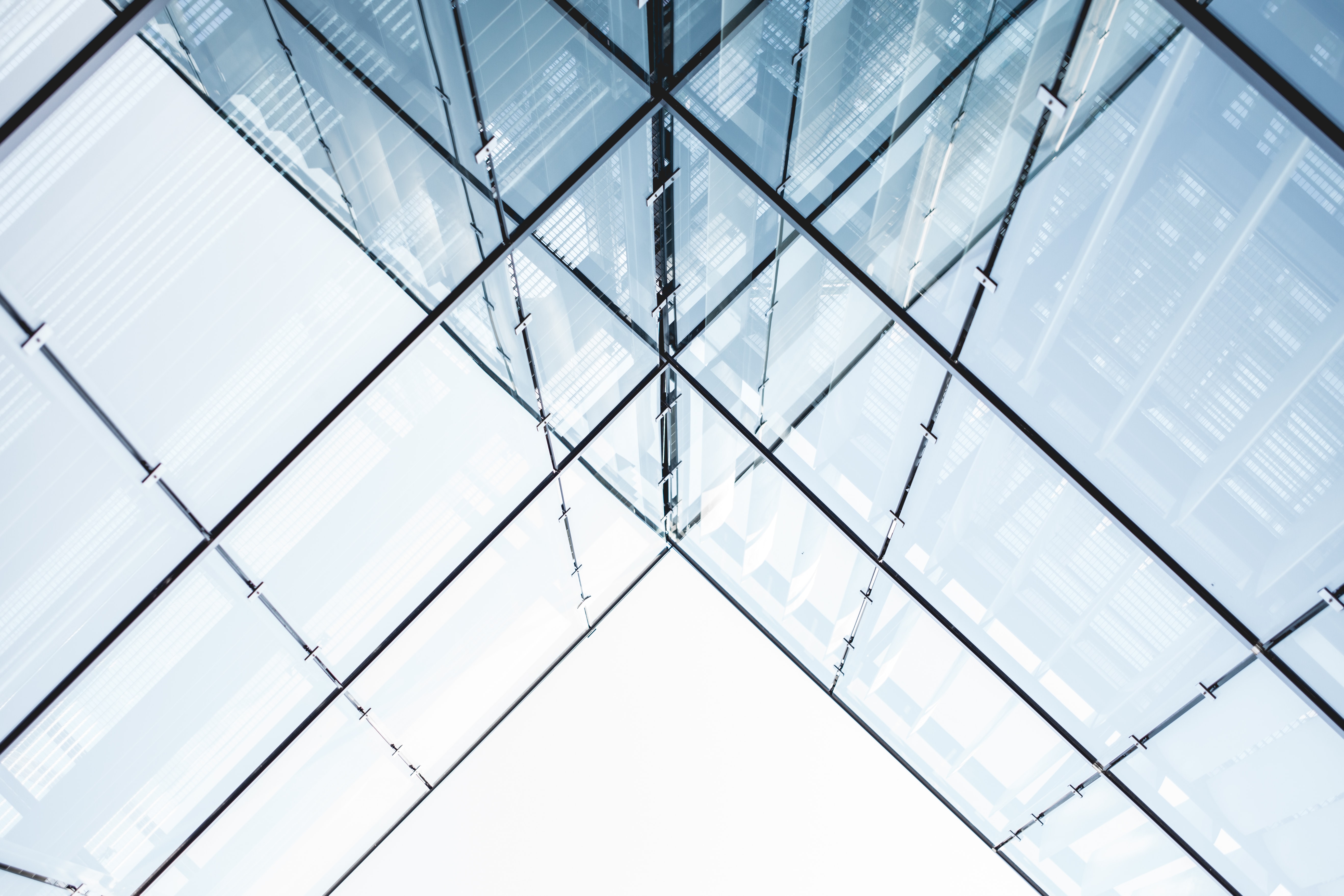Living and working with searing energy challenges: this means building together on possibilities and not being blindsided by limitations!

Useless space is irreconcilable with the energy ambitions
A stage of which the speakers or actors don’t use every corner, is simply too big. The same goes for a building. A hallway with an unused excess is useless. Even more, it is severely loss-making. The more useless space, the higher the overall energy-consumption: at the production of materials, the actual building process, and – once operational – at the maintenance and regulation of the indoor temperature. This is simply irreconcilable with the energy-efficient world ambitions.
As a designer, you have the duty to fully align the building concept to its purpose. The use- and attitude rituals of the people who will eventually live or work in the building, must be crystal clear. A building facilitates and makes things easier for a user, not the other way around. Only when all goals of use are clear, you can design a building concept where efficient energy usage is the essence, and no longer a tick-off point on a checklist.
When considering an integrated building concept, thinking carefully about what is needed and what is not, what should be used and what should not, is the key to a successful energy transition in construction. Sounds obvious, doesn't it? However, it was not that evident at all in the past decades as it seems today. Immense triple-glazed windows, sky-high ceilings and spacious entrance halls: they are a delight to the eye, but in fact they are things that, as long as they have no function other than that, are starting to become more and more a part of the past.
Kristien De Vries
"The energy crisis makes one thing clear: don’t use what you don’t need. A building concept must fully embody that vision."
Kristien De Vries is Manager Public-Private Partnership at Jan De Nul
Cosy warmth: preferably inside in winter and outside in summer
Over the past few years, innovative techniques have followed at lightning speed and sustainable building materials have been deployed increasingly. Although these certainly contribute to more energy-efficient building, they are far from being the only way to the overall energy transition. Also, by re-examining essential pieces that already exist within the current context, construction is making tremendous progress.
It is necessary indeed; for decades, the construction industry has been challenged to keep the cold out and the warmth in. That winter vision is outdated. Not only the winters but also the summers are getting warmer and so the temperature challenge is changing. Keeping the heat out in summer is important now as well. A car changes from summer to winter tyres to fit for optimal seasonal use, but a building cannot do that. In a building concept, by choosing your materials, you determine whether the building is usable in optimal conditions all year round.
Take triple glazing, for example, which has been promoted for a long time as the ideal insulator to keep our buildings warm during cold winters. Now that we are experiencing more hot summers than harsh winters, it no longer holds true. The summer vision increasingly forces us to adopt techniques that keep out or guide the heat outside. And those don't have to be rocket science either. Planting a tree in front of a double glazed window can already work wonders in summer and additionally it will provide mental peace to the person looking at it.
Lastly, building is not an isolated matter. There is always an environment that offers opportunities or sets limits. And even in the latter case, when it comes to a building concept, we do well to embrace the environment in all its facets. For example, the soil in Aalst on which Jan De Nul is currently constructing its new office building is not infiltrable at all. Instead of excavating structures to collect water at ground level, we looked for an answer in elements that were already present. For instance, the roof of the new office building will be a so-called blue-green roof or retention roof. This is a roof on which rainwater will remain and be gradually drained. This means that in addition to providing a solution to non-permeable soil, this kind of roof is also energy-friendly. It avoids excavation works while the stored rainwater forms an additional insulation layer for the building.
The page of building around (unfavourable) environmental factors must be turned. Thoughtfully and efficiently using the environment in a construction process can result in huge profits, not only in terms of energy and material consumption, but also budget-wise. Therefore, a blank page is far from always the best start.
Actually, energy-efficient building is nothing more than common sense and a product of logical reasoning
All elements in a building concept should have multiple functions and contribute to the bigger picture. Deploying materials just because they are good-looking may no longer be a valid reason. A house with south-facing glass walls and thus an abundance of light during the day sounds particularly appealing. Let's see if you still feel the same way in the middle of summer when temperatures climb mercilessly.
In short, the key to energy-efficient construction is integral construction. More than ever, the various building disciplines need to put their heads together to achieve the most overall energy-efficient solution. There is therefore no escaping the holistic concept in civil construction if we want to complete the energy transition. And quite honestly? We don’t want to escape it at all.